Alternate Endings That Would Have Made The Original Movie Better
In the world of cinema, alternate endings often remain hidden, locked away in the cutting room floor or in the infinite file of cut scenes on the editor’s desktop. These unseen conclusions possess the power to challenge our assumptions, provoke thought, and redefine our understanding of the stories we love. These 10 alternate endings to some of Hollywood’s most iconic films completely change the conclusion to these famous tales, and in some ways, these films would have been better if the original endings were left unchanged.
10. Terminator 2: Judgment Day (1991)
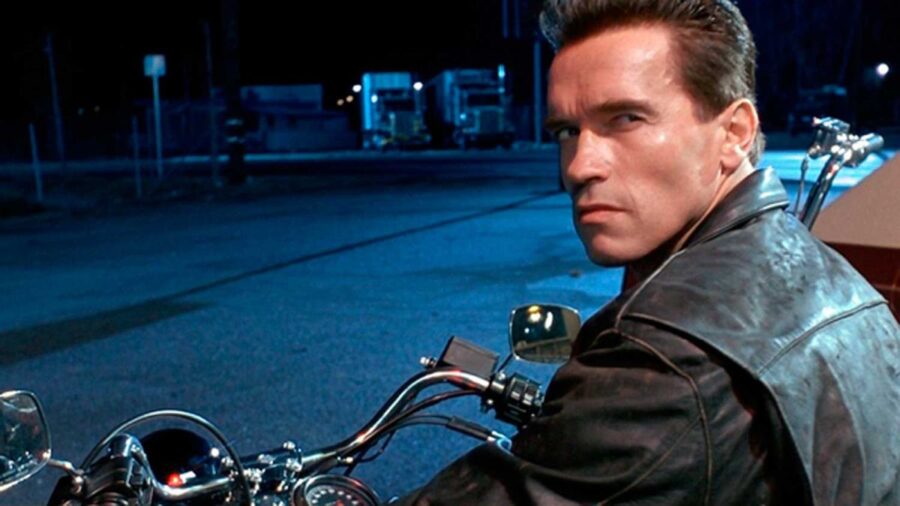
The ending of Terminator 2: Judgement Day that made it into the theaters is more ambiguous, though it holds a tone of hope. However, the original ending was more specific, showcasing exactly how the future looked after Sarah subverted Judgement Day. In the alternate ending, an older Sarah Connor watches an adult John Connor play with his daughter, he’s become a senator, and the world is bright and beautiful.
This ending provides a definitive confirmation that Judgment Day has been averted and emphasizes the triumph of their mission to change the course of history. It brings a sense of fulfillment and resolution to the long-standing battle against Skynet. Overall, the alternate ending provides a satisfying and uplifting conclusion to the film, leaving audiences with a sense of optimism and fulfillment.
9. Pretty In Pink (1986)
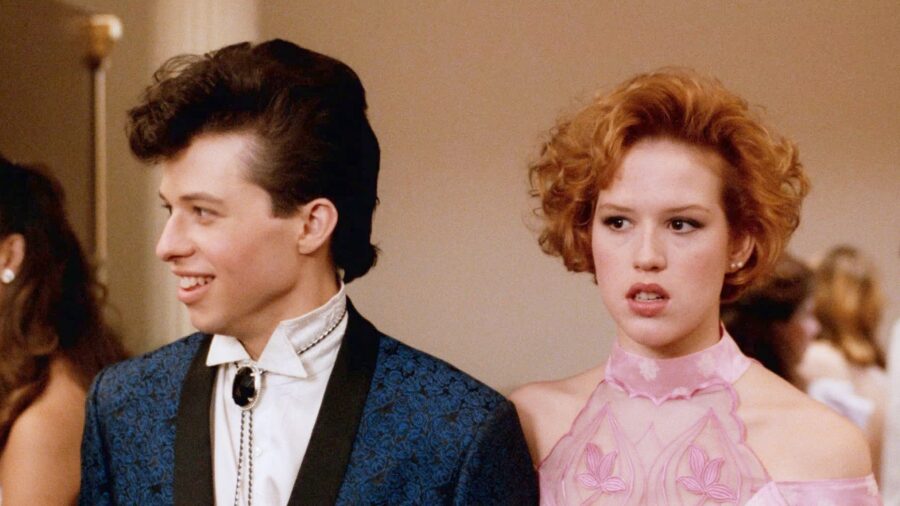
In one of the best John Hughes classic teen movies, Molly Ringwald is caught in the middle of a love triangle between her best friend and a rich playboy. In the original ending, Ringwald’s Andie was supposed to end up with her best friend, Duckie, but test audiences hated the idea. So, the ending was reshot, and she ended up with the playboy, Blane, instead.
If director Howard Deutch had not succumbed to the test audience’s demands, the film would have had a better ending as Andie was clearly meant to be with Duckie. This alternate ending would have honored the strong bond and chemistry between Andie and Duckie that’s shown throughout the film, allowing their friendship to evolve into a romantic relationship.
It also would have subverted traditional romantic tropes and celebrated the idea of finding love in unexpected places. It would have provided a satisfying and unconventional resolution, challenging societal expectations and delivering a more unique and memorable conclusion.
8. Star Wars: Return Of The Jedi (1983)
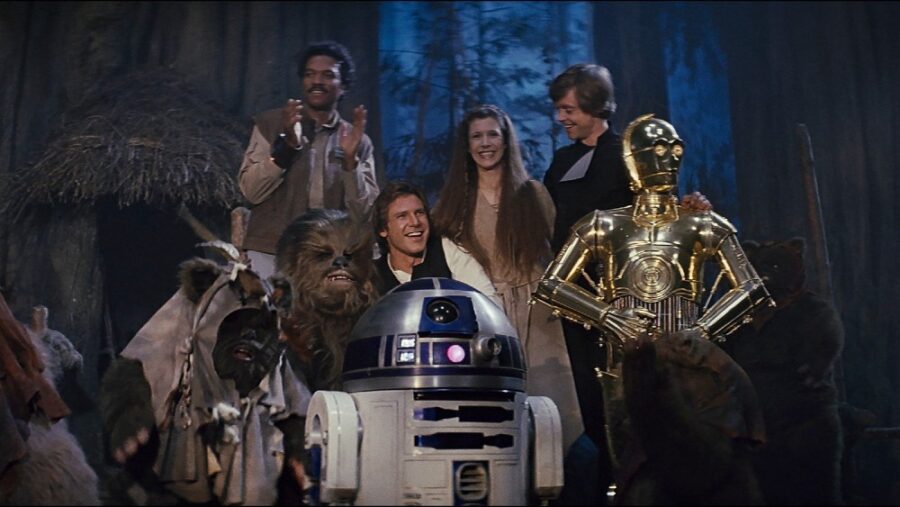
In the Return of the Jedi, the film ends with Luke cremating his father’s body and seeing the Force spirits of Obi-Wan, Yoda, and Anakin. It’s a happy and uplifting ending that highlights the theme of redemption. However, George Lucas briefly toyed with a much darker ending that would have seen Luke falling to the dark side like his father.
In this alternate ending, Luke would put on Vader’s mask and declares himself the new Dark Lord in a powerful and unexpected twist to the story that goes against the traditional hero narratives that the rest of Star Wars follows so well. This darker ending would have explored the internal struggles and vulnerabilities of Luke and would have provided a more complex and thought-provoking conclusion, challenging the audience’s perceptions and leaving them with a lingering sense of ambiguity.
7. Fatal Attraction (1987)
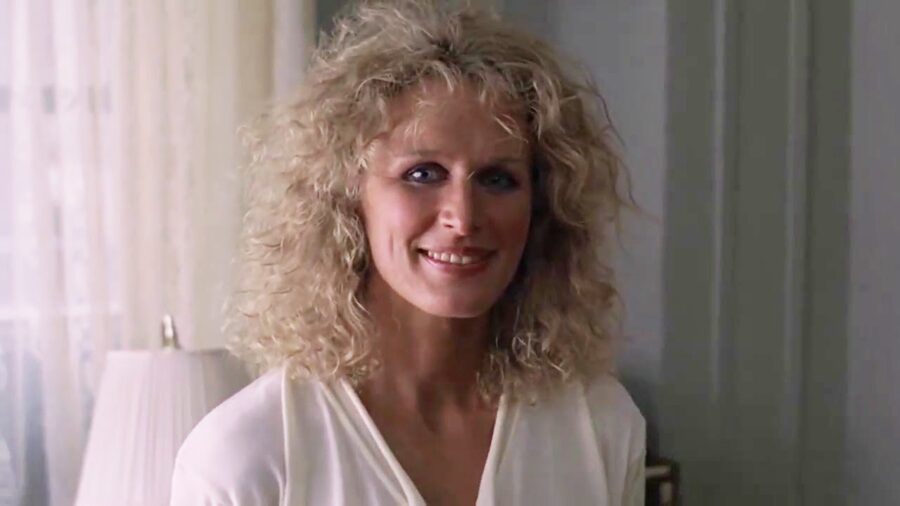
In the original ending of Fatal Attraction, Anne Archer’s Beth Gallagher shoots Glenn Close’s Alex and kills her, but in the alternate ending for this 1980s thriller, Alex commits suicide and frames Michael Douglas’s Dan Gallagher for her death.
The alternate ending is a much more sinister conclusion and fights against the trope that good always triumphs over evil. Rather than having a clear and cut ending where the good guys win once the bad guy dies, having Alex frame Dan for her death leaves her taunting him and dealing with the consequences of their affair long after she is gone.
It defies the traditional expectations of a thriller, making it a thought-provoking and memorable conclusion that lingers in the minds of viewers.
6. Army Of Darkness (1992)
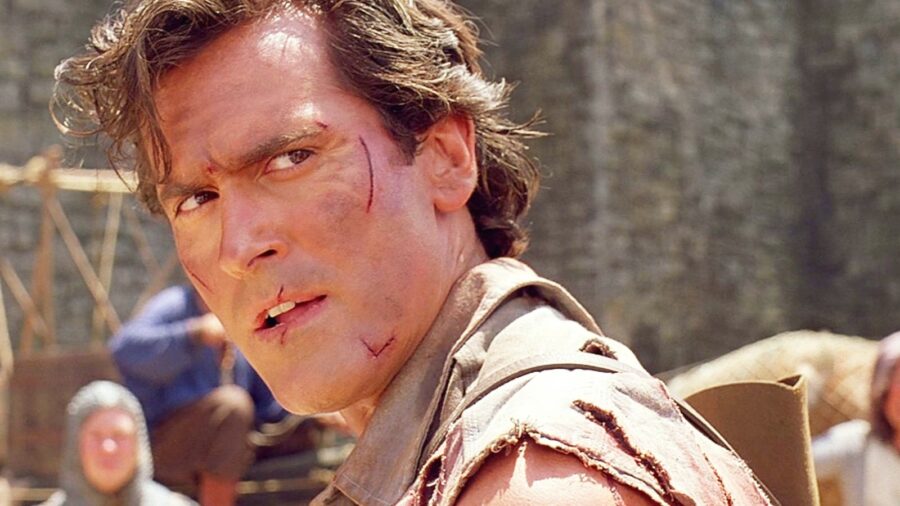
Army of Darkness is a classic horror comedy following a hardware store clerk who is accidentally sent back in time and must battle an undead army to get back to his own time. The original ending wraps up with the main character, Ash, back in his own timeline and recounting the tale to woo a female co-working. However, the original ending was much more ambiguous and opened the world to more possibilities of adventure.
In the alternate ending, Ash accidentally drinks too much of the potion that is meant to send him back to the future, and he ends up in a post-apocalyptic world. This ending introduces a new and exciting narrative direction, which would have expanded the possibilities for the character and the franchise. It adds a layer of excitement and potential, leaving audiences eager to see how Ash adapts and fights in the futuristic landscape.
5. Blade Runner (1982)
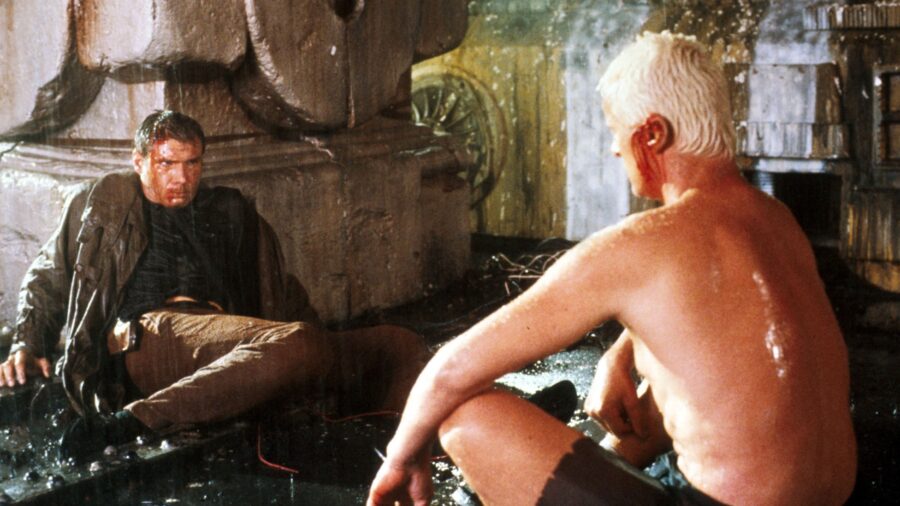
The Harrison Ford classic, Blade Runner, contains an ambiguous and open ending that was originally meant to be much clearer and more uplifting. The alternate ending to the film showed Deckard and Rachael escaping to the countryside and driving through a scenic landscape.
If Ridley Scott had decided to keep this ending, it would have provided a much more uplifting and hopeful conclusion to the characters, juxtaposing the grittiness of the rest of the film. The alternate ending also included a voice-over that offered the audience more insight into Deckard’s emotions and opinions on the state of the world.
Unlike the theatrical ending that leaves much to the audience to decide, the happier alternative ending would have provided more closure and resolution to the story.
4. First Blood (1982)
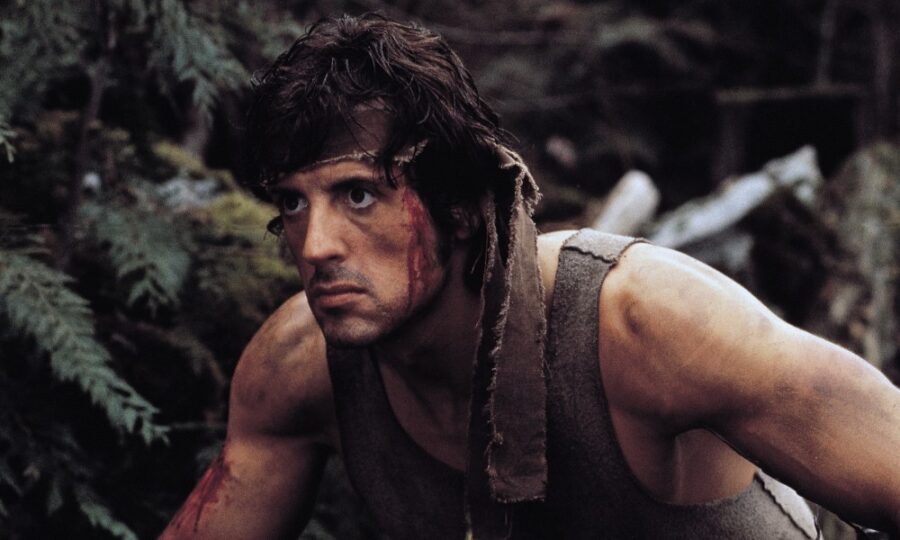
The theatrical ending of First Blood shows Rambo surrendering peacefully in a moment that highlights the mistreatment of veterans and offers a hopeful ending suggesting redemption. However, the alternate ending to this Sylvester Stallone classic was originally much darker.
In the alternate ending, Rambo is killed by the police. This darker version of the story showcases Rambo’s ultimate sacrifice and internal turmoil, delving deeper into the psychological toll of his experiences and desperation. It adds a layer of depth and emotional resonance to the character and his struggle against an oppressive system.
This ending would have left a longer-lasting impression that provoked more discussion about veterans’ treatment beyond the film’s confines.
3. Titanic (1997)
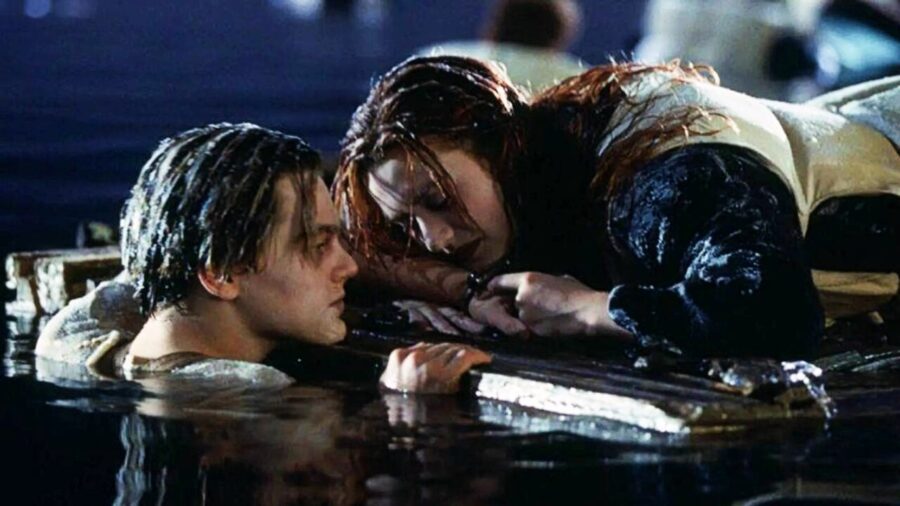
When James Cameron released Titanic in 1997, it became one of the most successful movies to ever come out of Hollywood. But many don’t know that the film almost had an alternate ending. There was originally more included in the scene where the elderly version of Rose steps onto the deck in the middle of the night and drops the Heart of the Ocean into the sea below.
Originally, the Titanic treasure-hunting Brock (Bill Paxton) and Lizzy (Suzy Amis) see old Rose on the deck and think she’s about to kill herself. Rushing over, they see that she holds the diamond and she lets Brock touch it before she drops it in the water. This version of the story’s ending gives closure to Brock’s character as well as emphasizes Rose’s lack of regret for choosing to live the life she did.
2. Pretty Woman (1990)
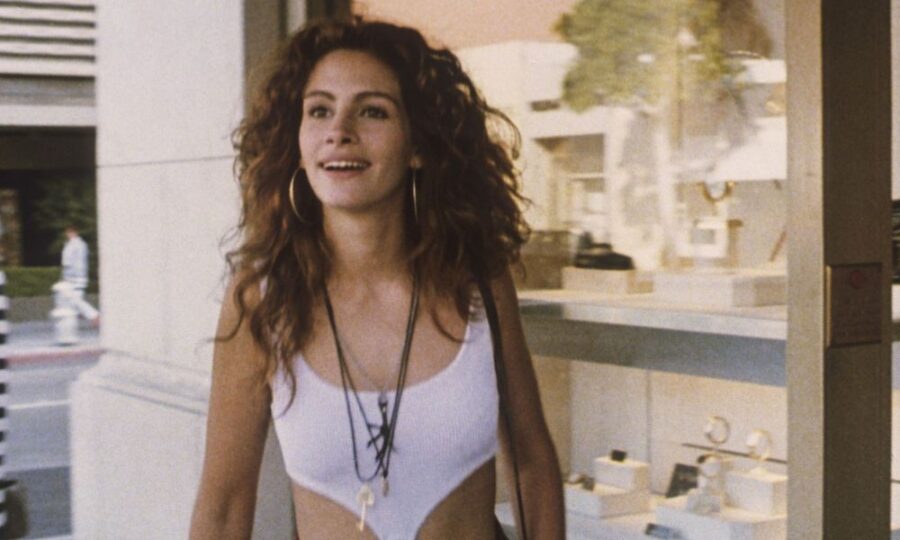
Pretty Woman is a classic rom-com about a man who falls in love with a prostitute. The ending of the film, like most rom-coms is romantic and uplifting and leaves the audience in a feel-good mood, but that wasn’t how it was originally planned.
The alternate ending of Pretty Woman showcased Richard Gere’s Edward Lewis throwing Julia Roberts’ Vivian Ward out of his car after their encounter in a much more realistic portrayal of what would have probably happened. It’s a darker and more raw take on the story and presents a bittersweet reality emphasizing the complexities and challenges often accompanying love and personal growth. It also highlights the power dynamics and class divide between Vivian and Edward, offering a deeper and more defined exploration of their characters.
1. I Am Legend (2007)
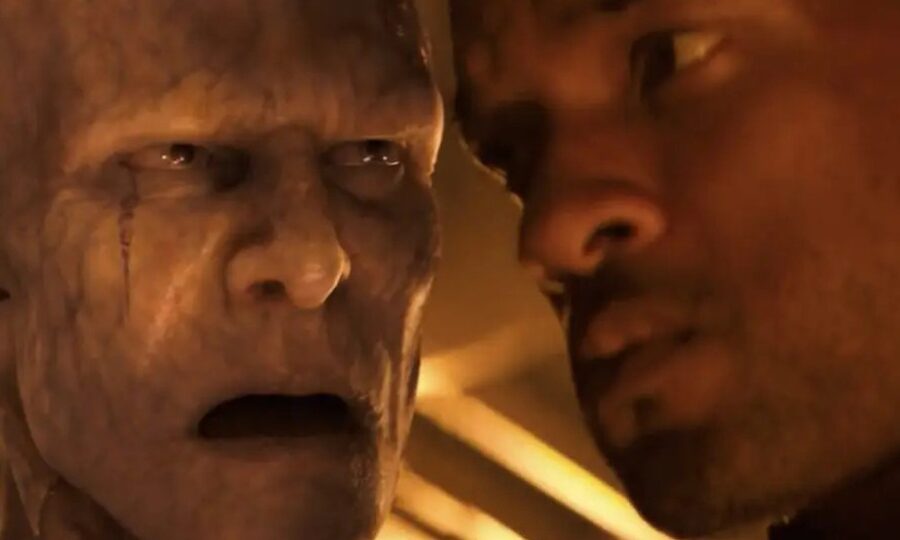
In the theatrical ending of I Am Legend, Will Smith’s character sacrifices himself to save a woman and a child. Before he dies, he gives them a vile of the cure, indicating that humanity is saved. While this ending leaves the movie with a sense of hope, the original ending was much more thought-provoking.
The alternate ending of I Am Legend stuck much closer to the source material and revealed that the zombie-like mutants were, like humans, creatures of emotion with the ability to love. Rather than saving a human woman and child, Neville saves a mutant woman and child, after realizing that he is the unwitting villain of the story. The ending challenges viewers’ assumptions about heroism and who the true monsters are, fostering empathy and reflection on the protagonist’s actions.
By releasing the mutant, Anna, and her son, the protagonist acknowledges their claim to the new world, raising ethical questions about humanity’s role. It provokes a deeper understanding of the post-apocalyptic world and leaves audiences contemplating the blurred lines between hero and villain.












